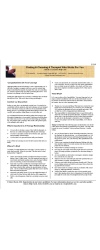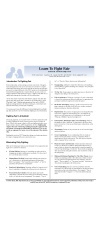Common Myth About Reading and Interpreting Non-Verbal Communication
Is it really possible to “read” non-verbal communication behavior to get a jump or advantage in understanding an individual? The answer is mostly no. That’s a myth developed by marketers and sales people who try to convince gullible lay people that buying a product to “teach” how to read people like a book will result in an advantage.
The main reason is that there are no universals when it comes to the meaning of non-verbals. There are simply too many factors that influence how any individual uses non-verbals and their meaning. Culture is a huge factor, but so are habits developed through life experience and in childhood. The latter is exceedingly individualistic. As a very simple example, is a person who has his arms crossed really “closed” as the books would have us believe? Or is he simply cold? Or have learned and become comfortable with this position? Or is he hiding a stain on his shirt? We don’t know.
So, by and large, reading non-verbals is very hit and miss.
However, where non-verbals CAN help is in situations where you know how a person habitually behaves non-verbally. When you have a baseline about a specific person, you can compare his current actions to his usual reactions, and that can be helpful. Married couples, for example, can interpret each other’s body language and non-verbals because they know each other well.
Non-verbals can be interpreted when you already know a lot about a person.






